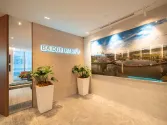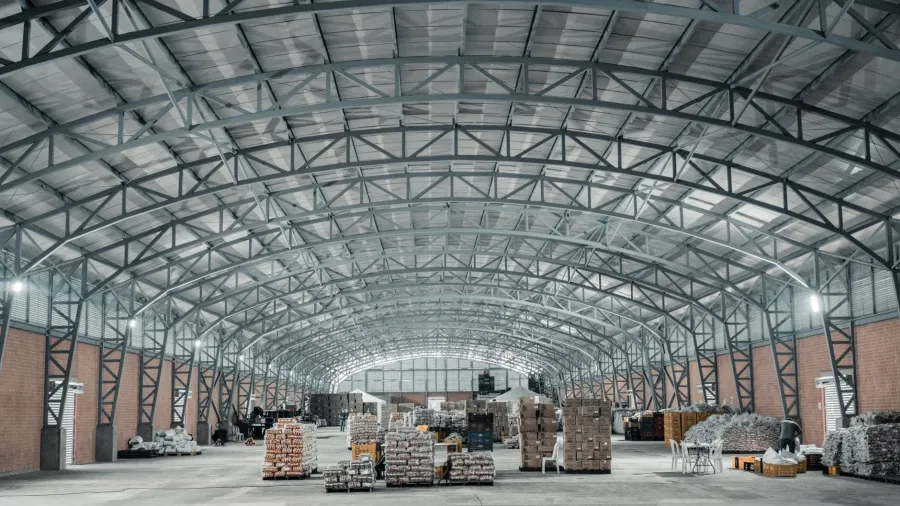
4 questions to ask when adopting advanced technologies and automation in logistics
It is also important to consider who pays for the technology infrastructure, the occupier or the developer?
Occupier composition has shifted considerably in Asia Pacific in recent years. JLL notes that historically, the major logistics and industrial occupiers across the region have been from the manufacturing, traditional retail trade, wholesale trade, and the transportation sectors. While these groups remain active, there has been a clear shift towards occupiers engaged in the ‘new economy’. The most visible sign of this is the greater level of take-up and activity from e-commerce retailers (pure play and omni-channel) and 3PL operators.
“These two occupier groups now account for 59% of take up in 2019 and 2020, up from 53% in the two years prior. The ‘Logistics and Distribution’ segment in particular has grown at a rapid pace, and in the past two years accounted for almost half of all take-up in the region. With productivity across most major economies falling, the shift towards ‘new economy’ industries to help drive economic growth and to boost productivity will only further support e-commerce and 3PL sector expansion,” adds JLL.
Here’s more from JLL:
Relatively low e-commerce penetration rates across many countries in Asia Pacific provide scope for further expansion. According to recent estimates, business to consumer (B2C) e-commerce revenue in Asia is expected to rise by a CAGR of 8.2% between 2020 and 2025, from USD 1.44 trillion to an estimated USD 2.12 trillion4. Over this period, the fashion segment is forecast to record fastest revenue growth, with a CAGR of 9.6%. This will be followed by toys, hobby and DIY at 9.4%, and then food & personal care at an estimated 8.9% CAGR.
While the B2C e-commerce segment is often highlighted for its growth potential, the business to business (B2B) segment is a much larger segment with strong growth prospects. According to the United Nations Conference on Trade and Development (UNCTAD)5, the global B2B e-commerce market is around five times the size of the global B2C e-commerce market, with Asia accounting for around 80 percent of the B2B e-commerce market.
B2B markets are inherently more complex, and as such, the B2B market has typically lagged the B2C market in terms of venture capital funding, technology implementation and innovation. Nonetheless, the pace of innovation in B2B markets has accelerated, with the COVID-19 pandemic, wider broadband access, and emerging 5G networks, becoming key catalysts for innovation. This has resulted in Gross Merchandise Value (GMV) rising by a CAGR of 13.1% between 2013 and 2019.
More rapid adoption of technology and automation Implementation of technologies that help companies improve efficiency, provide greater operational flexibility, and increase the speed of supply chains has helped shape how modern, high specification logistics facilities are designed. An example of a typical technology infrastructure ecosystem is shown below.
While an important consideration for many occupiers and developers, adoption of advanced technologies and automation solutions are not yet widespread. Currently, only the larger occupiers with global and regional networks have implemented these technologies to any meaningful capacity. These groups have the expertise, capacity, and capital to invest in such technology. It also typically requires scale in order for the capex to be cost-effective.
For small to medium occupiers and developers, the benefits from implementing technology and automation may not cover the initial required capex, or the costs may take too long to recoup.
Another key consideration is the capex model – who pays for the technology infrastructure, the occupier or the developer?
Some key points for consideration are:
- How are technology and automation costs accounted for in rent? If the landlord pays, the landlord could (would usually) amortise the capital cost through the lease rent via a rent premium. In practice, there are examples of a two-tiered rental structure consisting of base building rent plus a layer of amortised rent.
- How are technology and automation costs accounted for in value? Same as above. However, a key consideration is, ‘does the additional amortised rent get treated for the lease term only, or for the useful life of the equipment, or in perpetuity?’ This is yet to be widely tested in the market. An approach might be to use a higher capitalisation rate against the rent premium to reflect the uncertainty/risk of future receipt.
- Do tenants pay more for technology and automation? If so, what is the rental threshold? If there is no amortised rental component, the tenant may be willing to pay a higher overall rent due to operational efficiencies, but this would be difficult for market observers or investors to quantify. Presumably however, the landlord would want to recoup capital via the rental premium.
- Which occupiers tend to adopt more tech and automation solutions? 3PLs and fast moving consumer goods companies because of the competitive nature of their sectors, and e-commerce groups who require volume as margins are typically lower.
Nonetheless, with the rapid advancement of technology, and with costs continuing to fall, there is likely to be greater adoption of technological and automation solutions across a broader group of occupiers. This may particularly be the case for automation and robotics, where costs have fallen, and where this type of technology arguably provides greater marginal value in terms of costs vs productivity. Automation and robotics also typically require less space. This will support further growth in urban logistics where building footprints are smaller.














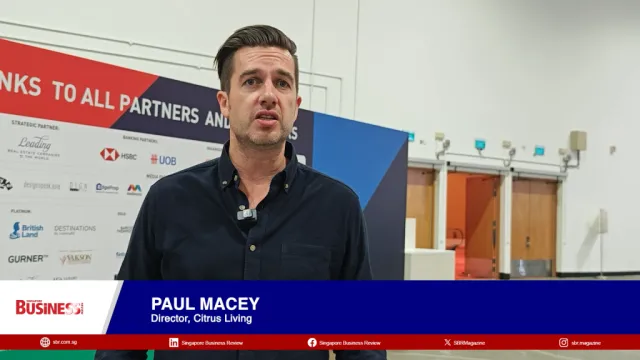

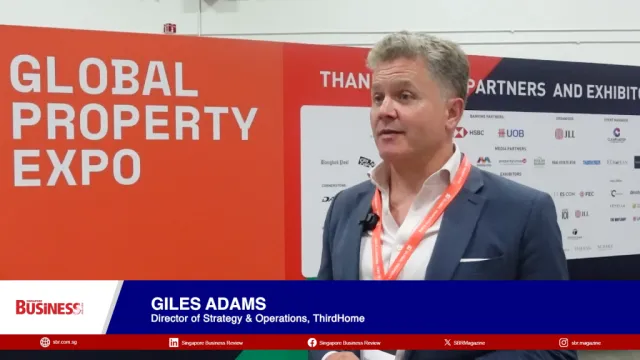
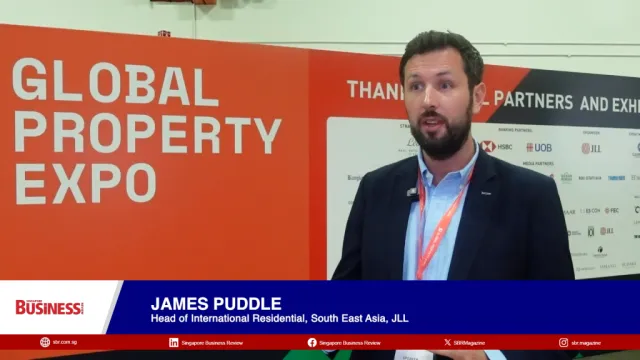

 Advertise
Advertise
